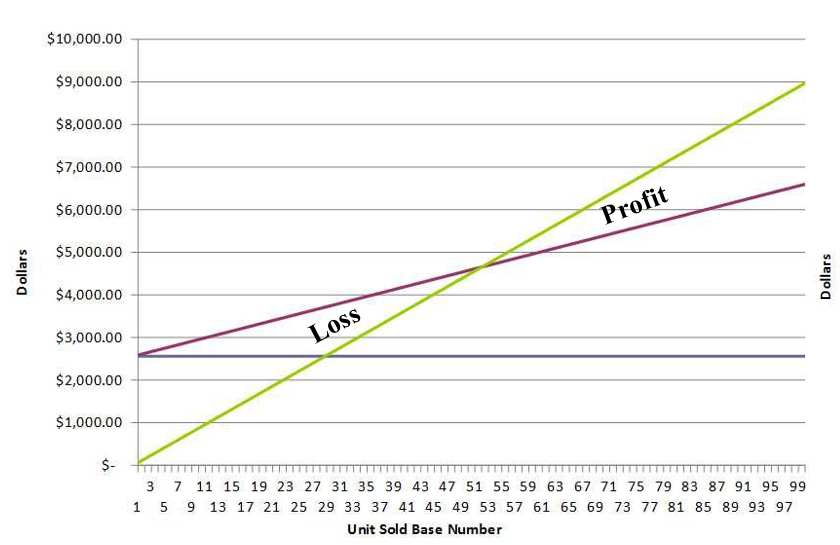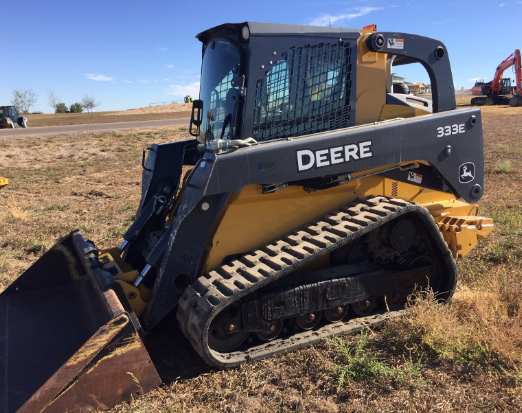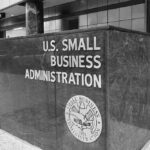What is operating leverage, and when does it make sense to use it to improve profits? Let’s ignore the financial mumbo-jumbo filled with words that don’t make a lot of sense to the layman business owner without an MBA. Basically, operating leverage speaks to how having debt, or a loan can affect a company’s bottom line profit.
In some cases, having debt can improve a company’s profits. However, having debt that is not supported by increased sales can lead to the company going bankrupt. For the most part, operating leverage is about controlling business risk.
To better understand the role of operating leverage for a small business, we first need to recognize that when it comes to business expenses, some expenses can be classified as a fixed expense and others as a variable expense.
Fixed expenses are expenses that do not change from month to month. A common and simple way to understand fixed expenses is using the example of rent. Whether you have a good month in sales or a bad month, the landlord gets the same amount of rent.
Variable expenses are expenses that are incurred only if you make a sale. For example, if you sell a product, your wholesale cost of the product is a variable expense. Direct employees or contractors hired to deliver a service and who could be cut loose when the work goes away are also examples of a variable expense.
However, when we are talking about “operating leverage” we are talking specifically about the role of debt as a fixed expense to a company. For clarification, “Debt” is the principal and interest payments you pay to a lender. As with rent, debt is a fixed expense that you pay to a lender no matter how many times an asset was used. Regardless of whether you had a good or bad month in terms of revenue, the lender still receives the same monthly loan payment.
When Is Operating Leverage A Good Thing?
As we discussed in the video “Why You Need To Conduct A Break-Even Analysis“, when your business fails to consistently exceed their break-even, the business should not take on debt. This is because the fixed expense of the loan payment creates a greater monthly expense that increases the loss amount the business suffers each month. When a business is not consistently meeting its break-even, it is far better to just rent equipment only when needed rather than buy it and incurring a fixed monthly expense over the term of the loan. Fixed expenses represent a risk to both the company and the lender if it ends in default.
Let’s consider a landscaping company that has a need for a skid steer loader for about 1 week a month. It would cost the company about $900 to rent a skid steer loader for a week. However, if the business were to buy a skid steer loader, the principal and interest payment might be closer to about around $1,700 per month.
Therefore, if the business chooses to buy the skid steer loader rather than rent it, the company would have $800 per month in additional operating expenses each and every month. If you further consider that as a landscaping company during the winter months, you may not have any revenue coming in at all, yet you would still have the $1,700 per month loan payment it is easy to see how fixed expenses in the form of debt payments for idle equipment can quickly drive a business into insolvency.
However, when a business consistently exceeds its break-even, then the business may want to consider buying equipment with debt. In our skid steer loader example, the business would have to use the skid steer loader for about 24 weeks a year to have the math make sense to buy the skid steer loader vs buying it.
Operating leverage is a part of your Economic Model, and is the relationship between fixed costs and variable costs as a way to measure risk.
A landscaping company that rents a skid steer loader when they have a job that needs a skid steer loader will have higher variable costs and lower fixed costs and would be said to have low operating leverage. The same company that owns a skid steer loader will have a higher fixed cost and a lower variable cost and is said to have high operating leverage.
The first company that rents the skid steer loader only has the expense when they have a job that requires a skid steer loader but pays more money when they need it, while the second company that owns the asset and likely has a fixed monthly principal and interest payment that it spreads across all the jobs that require a skid steer loader.

A business with low operating leverage fares much better if they fail to meet their break-even point. In other words, they lose less money if sales don’t meet their expectations because their expenses only occur if they sell a product or have a service contract. However, companies with low operating leverage that routinely exceed their break-even also make less profit.
“Low operating leverage means less risk and less reward.”

High Operating Leverage
High operating leverage, by contrast, means the company has the fixed principal and interest payment each month, and even if they have no work, they still need to make the loan payment. Therefore, a business with high operating leverage stands to lose more money if they don’t meet their break-even sales goals but makes more money if they routinely exceed their break-even.
“High operating leverage means more risk and more reward.”
Generally, start-ups don’t meet their break-even and are better off with lower operating leverage (low risk/low reward). This is one reason banks don’t like to lend to start-ups.
Operating Leverage To Return Higher Profits
Operating leverage also pertains to any type of investment and most serious investors understand the power of leverage.
When it comes to investing in stocks, many sophisticated investors have what is known as a margin account with their broker. The margin account allows them to pledge their securities as collateral for the ability to borrow money (usually up to half the portfolio’s value) from their broker to invest more than the value of their portfolio.
For example, a person with $100k in stocks can invest $150k, with $50k being borrowed. In this way, they can add to their actual $100k portfolio value to achieve greater rewards than the $100k could achieve alone.
I own an investment- a restaurant, that when I made the purchase paid a 7.5% annual return. I put down 40% of my own cash and borrowed the other 60% from a lender at 6%. On my 40%, I make a 7.5% return, plus I pocketed an additional 1.5% (7.5% minus 6%) return on the 60% of the borrowed money, making an overall return of 9.75%.
Therefore, for taking on the addition of what I would say is a very minimal increased level of risk, I use leverage (the bank’s money) to maximize my returns. As business owners, we also want to use leverage whenever possible to extend our returns when we are sure that the cash-flows from that investment stand an EXTREMELY good chance of remaining consistently above the cost of funds throughout the term of the loan.
Do you use leverage to maximize your business returns?










Pingback: VIDEO: Why You Need to Conduct a Break-Even Analysis - How to Advice for your Side-Hustle or Small Business
Pingback: Why You Need to Conduct a Break-Even Analysis - Business News Hubb
Pingback: Why You Need to Conduct a Break-Even Analysis | Online Sales Guide Tips